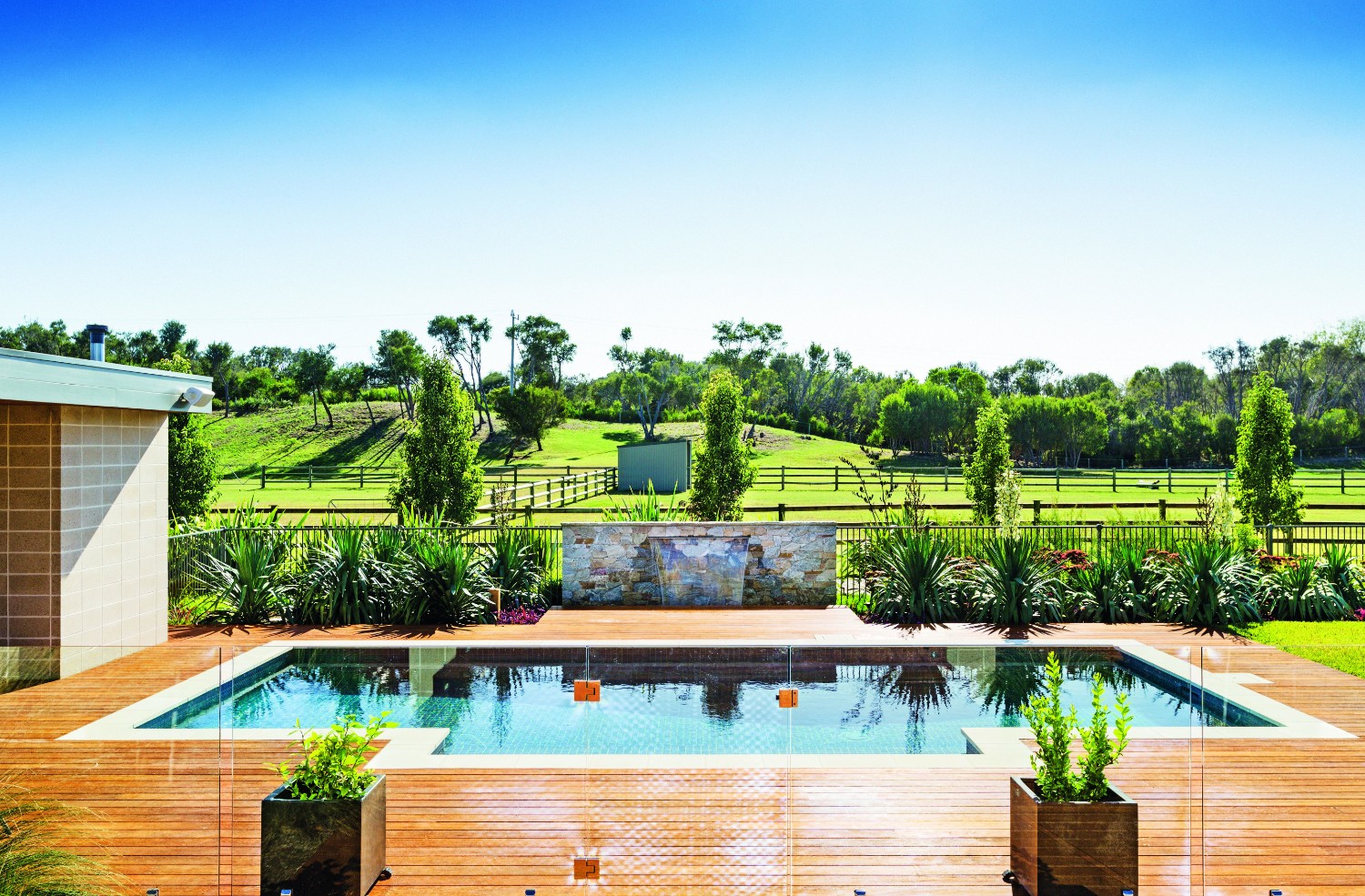Your Escape To The Country: Choosing The Right Rural Lifestyle

Table of Contents
Location, Location, Location: Finding Your Ideal Rural Setting
The foundation of a happy rural lifestyle is choosing the right location. This involves carefully balancing your desire for seclusion with the need for essential amenities and a supportive community.
Proximity to Amenities: Balancing Seclusion with Convenience
While the appeal of a rural lifestyle often centers on escaping the city, complete isolation isn't always practical. Consider these crucial factors:
- Distance to shops, hospitals, and schools: How far are you willing to travel for everyday necessities and emergencies? A longer commute can significantly impact your daily life.
- Commuting distance to work (if applicable): If you're not working remotely, calculate your commute time and factor in potential traffic or challenging road conditions.
- Availability of reliable internet access: For many, reliable high-speed internet is non-negotiable, especially for those working remotely. Check internet availability in your target area before committing.
The Landscape and Scenery: Choosing Your Perfect Rural Backdrop
Your surroundings will profoundly impact your quality of life. Carefully consider:
- Mountains, forests, lakes, or plains – which landscape speaks to you?: Do you prefer breathtaking mountain views, the tranquility of a forest, or the serenity of a lakeside property? Your personal preference is key.
- Consider climate and weather patterns – are you prepared for harsh winters or scorching summers?: Research the local climate thoroughly. Are you prepared for extreme weather conditions, such as heavy snowfall, extreme heat, or frequent storms?
- Research local wildlife and consider its impact on your lifestyle: Living in a rural area means coexisting with wildlife. Research the local fauna and flora to understand potential challenges and opportunities.
Community and Social Life: Finding Your Rural Tribe
Rural areas offer diverse social dynamics. Understanding the community's character is essential:
- Are you seeking a close-knit community or prefer more solitude?: Some rural areas boast vibrant communities with regular events, while others offer greater seclusion. Decide which best suits your personality and social needs.
- Explore local events, clubs, and social groups: Research community activities to see if they align with your interests and offer opportunities for social interaction.
- Consider the age demographic of the community and its suitability for your lifestyle: The age range of residents can significantly influence the community's character and available services.
Practical Considerations: Preparing for Rural Living
Transitioning to a rural lifestyle requires careful planning and consideration of practical aspects.
Housing Options: Finding Your Rural Haven
Your housing choices will significantly impact your rural living experience. Consider these options:
- Renovating an existing property (potential cost savings, but requires work): Renovating can be cost-effective but requires time, effort, and often unexpected expenses.
- Building a new home (more expensive, but offers customization): Building a new home allows for complete customization but comes with a higher upfront cost and longer timeline.
- Buying an established home (less work, but potentially limited customization): Buying an established home offers immediate occupancy but might require compromises on customization.
Utilities and Infrastructure: Ensuring Essential Services
Rural areas may have different utility access and infrastructure compared to urban areas. Thorough research is crucial:
- Assess water supply (well water vs. municipal water): Well water requires maintenance and testing, while municipal water offers convenience but may be more expensive.
- Investigate electricity and internet access options: Ensure reliable electricity and internet service are available in your chosen location.
- Consider sewage and waste disposal systems: Septic systems require regular maintenance, while municipal sewage systems are more convenient but may have usage restrictions.
Transportation: Navigating Rural Roads
Rural living often means relying on personal transportation.
- Assess the need for a reliable vehicle: A vehicle is often essential for commuting, shopping, and accessing services. Consider the vehicle's suitability for varied terrain and weather conditions.
- Consider the distance to public transportation (if any): Public transportation is often limited in rural areas, so plan accordingly.
- Factor in potential winter driving conditions: If you live in an area with heavy snow or ice, a four-wheel-drive vehicle may be necessary.
Financial Planning for a Rural Lifestyle
Moving to a rural area requires careful financial planning. Don't underestimate the associated costs.
Property Costs: Understanding the Financial Landscape
Property costs vary significantly in rural areas.
- Research average property values in your chosen area: Compare prices to ensure the property aligns with your budget.
- Consider property taxes and other associated costs: Factor in property taxes, insurance, and potential maintenance expenses.
- Secure appropriate financing for your property purchase: Obtain pre-approval for a mortgage or secure other necessary funding before making an offer.
Living Expenses: Budgeting for Rural Life
The cost of living in rural areas can differ from urban centers.
- Research local grocery prices and compare them to urban areas: Grocery shopping may be more expensive in rural areas due to limited options and transportation costs.
- Factor in potential increases in transportation and utility costs: Transportation and utility bills can be higher in rural areas.
- Consider the availability of local services and their pricing: Some services might be more expensive or less readily available in rural areas.
Income Sources: Securing Your Financial Future
Ensure your income aligns with your chosen rural lifestyle.
- Assess job opportunities in the area or consider remote work options: Research job availability in the area or explore opportunities for remote work.
- Explore potential self-employment opportunities aligned with your skills and interests: Consider self-employment options if job opportunities are limited.
- Factor in potential fluctuations in income if self-employed: If self-employed, account for the potential variability in income.
Conclusion
Embarking on a journey to a fulfilling rural lifestyle is an exciting prospect. By carefully considering the location, practicalities, and financial aspects, you can ensure a smooth transition and a truly enriching experience. Remember to thoroughly research your chosen area and weigh the pros and cons before making a decision. Don't delay your escape – start planning your perfect rural lifestyle today!

Featured Posts
-
 Glastonbury 2025 Lineup Leak Confirmed Performers And How To Buy Tickets
May 24, 2025
Glastonbury 2025 Lineup Leak Confirmed Performers And How To Buy Tickets
May 24, 2025 -
 Forbes 2025 La Classifica Degli Uomini Piu Ricchi Del Mondo Musk Domina Ma La Lotta E Aperta
May 24, 2025
Forbes 2025 La Classifica Degli Uomini Piu Ricchi Del Mondo Musk Domina Ma La Lotta E Aperta
May 24, 2025 -
 Will A Resurgent Wall Street Undermine The German Daxs Momentum
May 24, 2025
Will A Resurgent Wall Street Undermine The German Daxs Momentum
May 24, 2025 -
 Posthumous Promotion For Alfred Dreyfus French Parliament Debates Symbolic Act
May 24, 2025
Posthumous Promotion For Alfred Dreyfus French Parliament Debates Symbolic Act
May 24, 2025 -
 Dax Falls Below 24 000 Frankfurt Stock Market Closing Losses
May 24, 2025
Dax Falls Below 24 000 Frankfurt Stock Market Closing Losses
May 24, 2025
Latest Posts
-
 Chto Udalos Nashemu Pokoleniyu Vzglyad Na Uspekhi I Neudachi
May 24, 2025
Chto Udalos Nashemu Pokoleniyu Vzglyad Na Uspekhi I Neudachi
May 24, 2025 -
 Indian Wells 2024 Draper Secures Historic Masters 1000 Victory
May 24, 2025
Indian Wells 2024 Draper Secures Historic Masters 1000 Victory
May 24, 2025 -
 Oleg Basilashvili Test Na Znanie Ego Filmografii
May 24, 2025
Oleg Basilashvili Test Na Znanie Ego Filmografii
May 24, 2025 -
 Yurskiy 90 Let So Dnya Rozhdeniya Zhizn I Tvorchestvo Velikogo Aktera
May 24, 2025
Yurskiy 90 Let So Dnya Rozhdeniya Zhizn I Tvorchestvo Velikogo Aktera
May 24, 2025 -
 Sergey Yurskiy 90 Let Legendarnomu Akteru I Intellektualu
May 24, 2025
Sergey Yurskiy 90 Let Legendarnomu Akteru I Intellektualu
May 24, 2025
